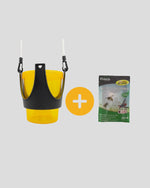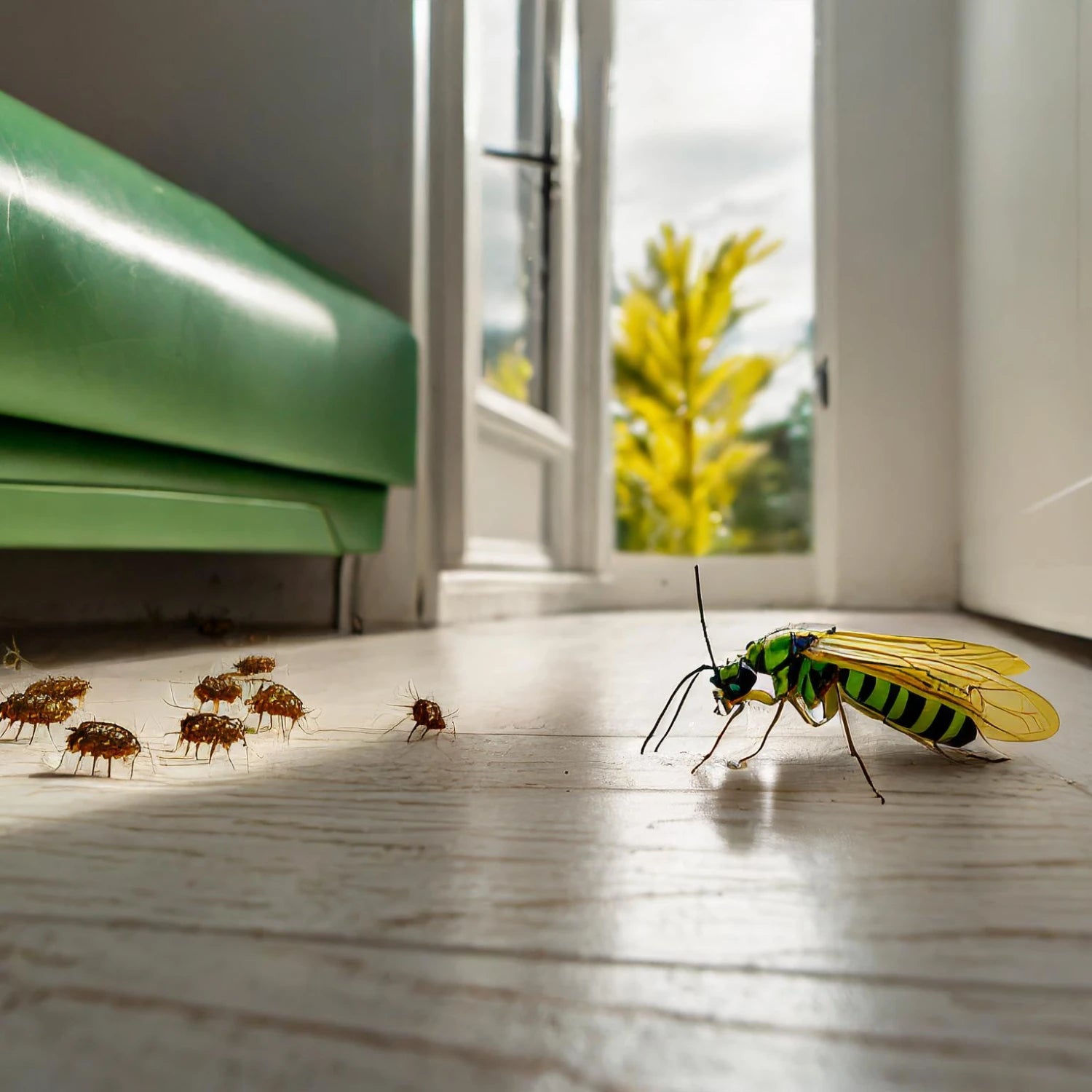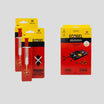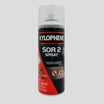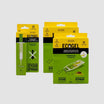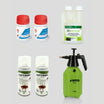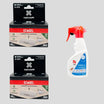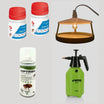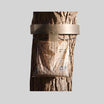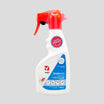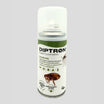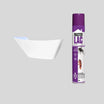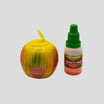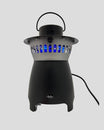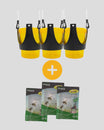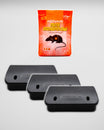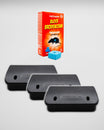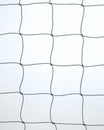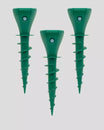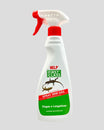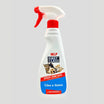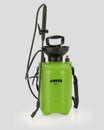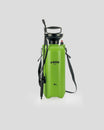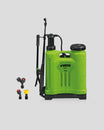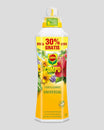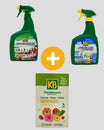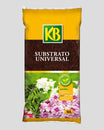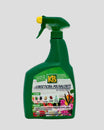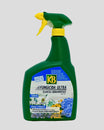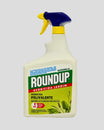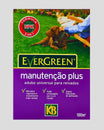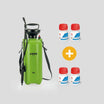Wasp stings are common, especially during the warmer months when these insects are most active. Although they usually do not pose a serious risk, they can cause pain, swelling and, in rare cases, severe allergic reactions. Knowing how to act quickly in the event of a sting is essential to alleviate symptoms and avoid complications.
1. How to Recognize a Wasp Sting?
Unlike bees, which leave their stinger in the skin, wasps do not lose their stinger after stinging and can sting multiple times. Common signs include:
- Acute Pain: Immediate and localized at the site of the bite.
- Swelling and Redness: The area around the bite is often inflamed.
- Itching: Some people may experience intense itching.
- Systemic Reactions: In severe cases, difficulty breathing, dizziness or nausea may occur.
2. First Aid for Wasp Stings
Step 1: Cleaning the Site
- Wash the affected area with soap and water to prevent infection.
- Do not squeeze the area to try to remove the venom, as this can worsen the inflammation.
Step 2: Cold Application
- Place a cold compress or ice wrapped in a cloth over the bite site. The cold will help reduce swelling and relieve pain.
Step 3: Pain and Itching Relief
- Use an antihistamine cream for bites to relieve symptoms.
If necessary, take an over-the-counter pain reliever such as paracetamol or ibuprofen. Always consult your doctor before taking any pills.
Step 4: Monitoring Allergic Reactions
- Watch for signs of anaphylaxis, such as: difficulty breathing; swelling in other parts of the body, such as the lips and throat; dizziness or fainting.
If these symptoms occur, seek medical help immediately.
3. What to do in case of a severe allergic reaction?
If you have a severe allergic reaction, seek medical help immediately. Call emergency services and tell them about your allergy history.
4. Preventing Wasp Stings
Avoid Disturbing Nests:
Do not attempt to remove wasp nests without professional help.
Wear Appropriate Clothing:
Avoid brightly colored clothing and strong perfumes in areas where wasps are common.
Keep Food Covered:
Fruits, soft drinks and exposed foods can attract these insects.
Install Traps:
For outdoor environments, specific wasp traps help reduce the presence of these insects.
5. When to See a Doctor?
Although most wasp stings are harmless, seek medical attention if:
Pain or swelling persists for more than 48 hours.
The bite area shows signs of infection, such as excessive heat, increasing redness, or pus.
There is suspicion of a severe allergic reaction.
Recomended Products
